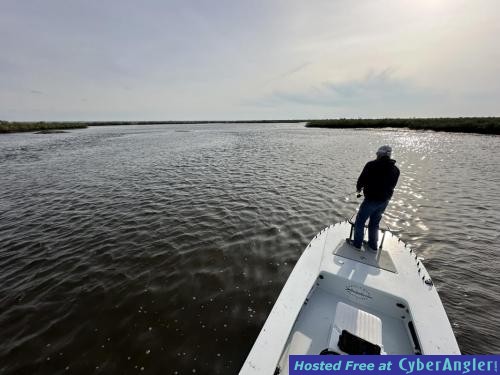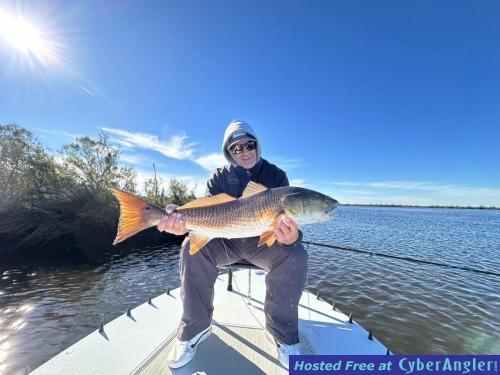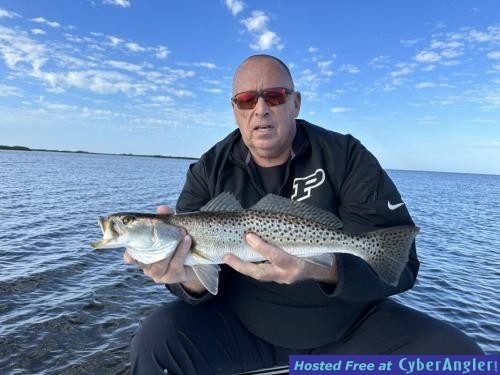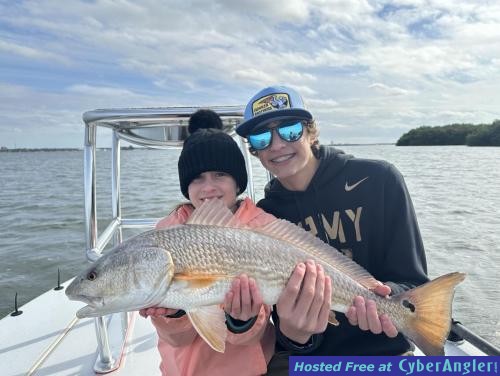West Central Fly and Light Tackle Report - December
Capt. Ethan Kiburz
January 5, 2024
Tampa Bay - Saltwater Fishing Report

As December unfolds, anglers can find the water temperature hovering around 60 degrees. Post-cold front conditions have proven to be a key factor in enhancing productivity with the exception on clear full moon nights. Full moons provide ample light for fish to feed and leave them lethargic during daylight hours.
As the fronts pass, they tend to stir up the water and bring about changes in atmospheric pressure, influencing fish behavior. Redfish, particularly in winter, have a strong preference for shrimp and crabs. Choose lightly weighted fly patterns tied on #2 and #4 hooks in natural color schemes to accurately replicate the appearance of these primary food sources.
The congregations of spotted sea trout around hard bottom areas during winter are often a precursor to the spring spawning season. Trout exhibit a notable behavior shift during the winter months, often moving into shallower waters. Their level of difficulty rises as they move in shallower, especially when targeting or sight fishing the larger fish. Extra long and light leaders help the angler distance the fly line from the fly, essentially allowing for a closer presentation to the fish. Use fluorocarbon leaders with a length suitable for the clarity of the water.
A 10-12 foot leader with a tippet strength of 12 to 15 pounds should suffice, providing the necessary strength for potential larger redfish and spooky sensitive shallow water spotted sea trout.
By incorporating these adjustments into your fly fishing strategy, focusing on lightly weighted flies and adapting your techniques for shallow-water conditions, you'll be well-equipped to capitalize on the winter feeding habits of redfish and spotted sea trout.








More Fishing Reports:


